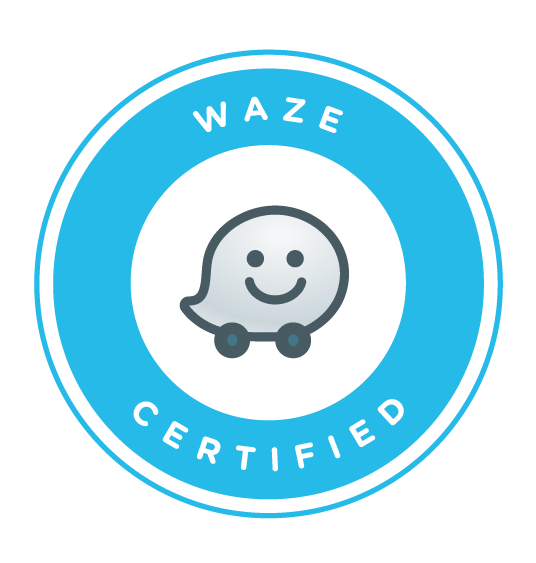
You’ve Got Mail
With all the fuss surrounding social media marketing currently you would be forgiven for thinking that email marketing has had its day. It’s true that we are all getting a lot more email than we used to. That means that it is harder to get attention of someone looking in their inbox. However, email marketing should still have a firm place any business online marketing strategy.
Setting up your email marketing campaign
There are some basics that any email marketing campaign should have in place, and yes, you should view email marketing as a campaign. Whilst you can tactically market with individual messages, email marketing works best when messaging is connected.
1. Look Professional
The first thing is to ensure you use an email address that reflects your brand. Sending emails from a Hotmail or Gmail account won’t have the same credibility as using a custom, personalised domain with something like 123-reg email hosting.
2. Don’t Use Outlook
Many small businesses try to save money and shortcut the email marketing process by sending bulk emails using BCC in Outlook. This is a disaster waiting to happen. On many occasions I have seen a list CC’d rather than blind copied, letting everyone on your list see everyone else’s email address. Not only is this bad practise, people can be sensitive about their privacy, which includes who can see their personal email address.
3. Email Marketing Platforms
Using a purpose built email marketing platform is the best way forward, and it doesn’t need to cut into your precious marketing budget either. Whilst there are a number of services available my favourite is MailChimp.
MailChimp will allow you to have up to 2,000 subscribers for free, whilst also using your custom domain name. They have many ready to use design templates, extensive help documentation and can integrate with almost any website. They also manage all unsubscribes and subscribes, so you don’t have to manually manage your list.
4. Building Your List
Don’t buy lists!
Although it is tempting I have rarely seen a case for buying email lists. You can never be sure of their quality and often the recipients signed up to the list for lots of reasons that didn’t include receiving email from you.
Although it will take time, it is far more valuable to build your own list from visitors to your website and customers using the MailChimp integration. Only ever send emails to those that are expecting to receive it.
To encourage sign-ups create giveaways in return for an email address. White Papers, how to’s and market sector studies can work well at developing an industry targeted list.
5. Have A Content Plan
If you have a blog for your company you may already be used to building a content plan. You can include relevant news and blog content in your email, which makes for a more interesting read than a sales pitch every week.
The more relevant and interesting your content more likely people are to subscribe, and stay subscribed.
6. Create A Schedule
Once you have your content plan in place you should create an email schedule, and stick to it. Your email marketing will be far more effective if your subscribers get used to seeing your email in their inbox on a particular day.
When you first start you may want to test different days of the week to find which day gets the best response rates. MailChimp will be able to provide you with lots of statistics based on your email marketing.
7. Rinse And Repeat
There are many more advanced things you can do with email marketing, but you should get used to the basics first. Build your list, stick to the schedule and work out what works best for you. Once you are comfortable with these basics you can then look at integrating other marketing elements into the plan.





